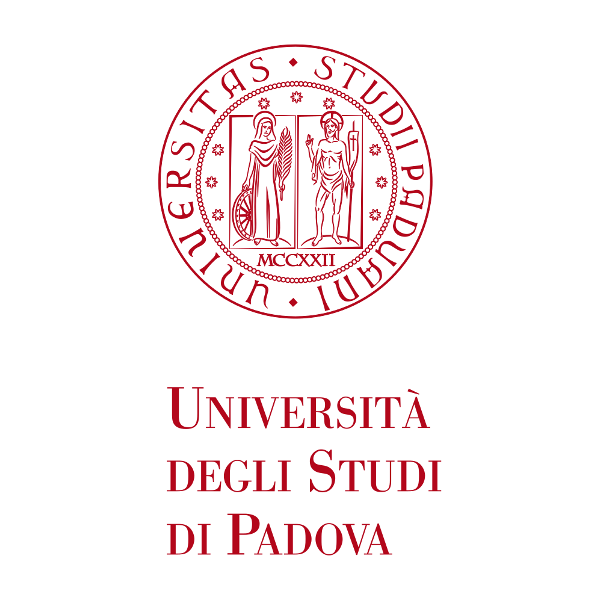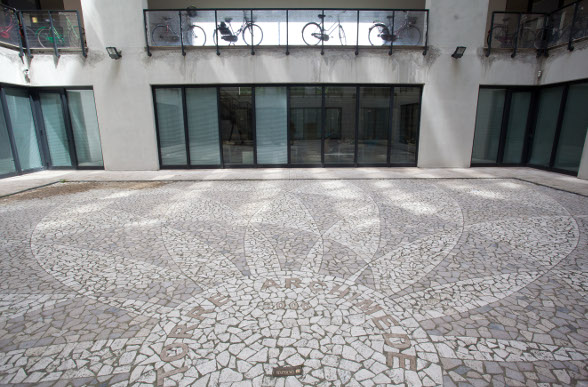
Padova

Research synopsis
Systems of conservation laws and balance laws, control, networks, ODEs, transport, dispersive and fluid dynamics equations.
Outreach
Lorem ipsum dolor sit amet, consectetur adipiscing elit. Donec sit amet sodales urna, ut vehicula ante. Nunc consectetur nunc non leo euismod, in laoreet mi mollis. Mauris tincidunt massa et facilisis commodo. Integer suscipit eleifend dignissim. Donec sed rutrum velit. Aliquam bibendum a eros faucibus rutrum. Curabitur feugiat faucibus convallis. Nulla id sodales ante. In justo felis, eleifend sit amet laoreet non, lobortis rhoncus neque. Suspendisse nulla mauris, mollis congue nunc vel, maximus placerat ipsum
Meeting
- 12th Meeting on Nonlinear evolution PDEs, fluid dynamics and transport equations (Research, University)
Conference
Workshop
- 80th Course International School on Mathematics "Guido Stampacchia": "Meeting on nonlinear evolution PDEs, fluid dynamics and transport equations" (Research, University)
Paper
Research activity
Lorem ipsum dolor sit amet, consectetur adipiscing elit. Donec sit amet sodales urna, ut vehicula ante. Nunc consectetur nunc non leo euismod, in laoreet mi mollis. Mauris tincidunt massa et facilisis commodo. Integer suscipit eleifend dignissim. Donec sed rutrum velit. Aliquam bibendum a eros faucibus rutrum. Curabitur feugiat faucibus convallis. Nulla id sodales ante. In justo felis, eleifend sit amet laoreet non, lobortis rhoncus neque. Suspendisse nulla mauris, mollis congue nunc vel, maximus placerat ipsum
Research topics
The mathematical foundational study of equations historically related to gas and fluid dynamics, despite many advances, still presents deep open problems. Such equations are used everyday as part of models for the flight of airplanes or for weather forecasts, just to mention two examples, and in recent decades they encountered new modern applications, for example for modelling traffic flows. Nevertheless, even when we strongly simplify those models there are essential questions that could better validate the models, or better understand how they work, that have not been answered.
In Padova some of the open questions we are attacking include:
- How the quantities that we forecast vary depending on our measurements today? Mathematically, this means studying the stability of the problem and it is a classical question. For example, in a model describing the evolution of granular matter this was recently established in an ideal situation of a mountain "infinitely long", and we are now improving it considering a more realistic domain with a boundary. Also finer questions on uniqueness of solutions are being investigated with new tools and new perspectives.
- The relation among models that describe the same fenomena in different regimes: for example, we can think of a fluid being inviscid when its fixed viscosity is very little. Nevertheless, mathematically the description of any inviscid fluid has very different features from the one of a viscous fluid, even when the viscosity is very little. A natural question is: such features become close, in a quantitative way, when the viscosity is vanishingly small?
- Different types of regularity properties of solutions to conservation laws. On the one hand, solutions to conservation laws fail even generically to be piecewise smooth; nevertheless in several physically relevant models it is yet open establishing if this is really the case, as one would hope. On the other hand, what naturally generalizes piecewise smooth solutions is the family of BV solutions, for which a fine structure has been derived; we are now showing that solutions are indeed a bit closer to piecewise smooth solutions than a generic BV function since they do not possess nasty Cantor-like behaviour.
- Consequences and limits of the Lagrangian formulation of Eulerian solutions to conservation laws.
Members
Fabio Ancona (Unit Coordinator) • Roberta Bianchini • Laura Caravenna • Alexander Cliffe • Elio Marconi • Andrea Marson • Rossano Sannipoli • Laura Spinolo
